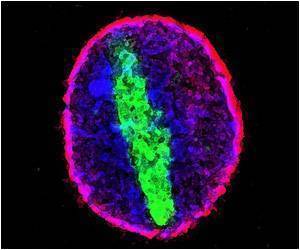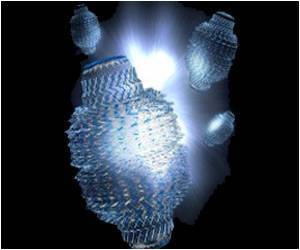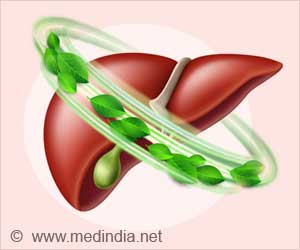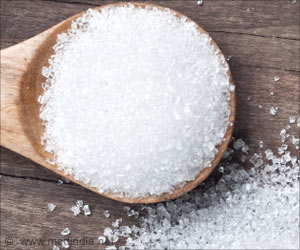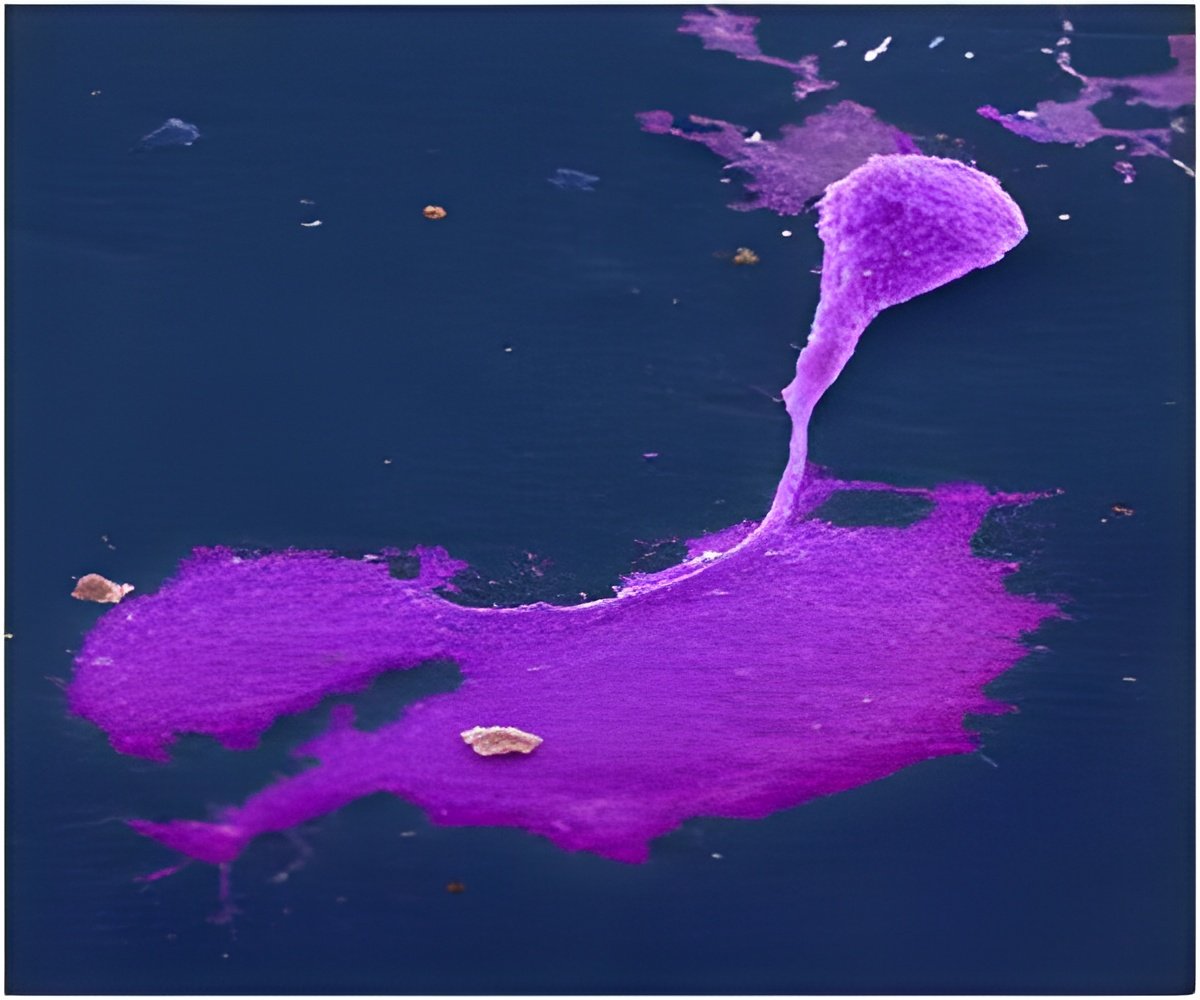
‘Cell-penetrating peptide (CPP) technology can deliver drugs directly into the cells, potentially paving a new way for treating diseases such as cancer.’
Tweet it Now
At the heart of the research is a novel cell-penetrating peptide (CPP) technology capable of carrying other molecular “cargos” directly into living cells, coupling with them and then successfully uncoupling after delivering its payload. Cargos can be therapeutic molecules like antibodies that fight against parasites and diseases, or anti-cancer proteins.McMurry and his team developed a recombinant CPP by using a viral protein fragment fused to the human protein Calmodulin. A CPP is a short chain of amino acids capable of crossing membranes of living cells.
The prototype, called TAT-CaM, can deliver a wide array of molecular cargos to many different cell types, including human retinoblastoma cells. These are the cells that can lead to a rare form of eye cancer.
As with other CPP technologies, TAT-CaM attaches to and penetrates the targeted cells, carrying desired biomolecules with it. An important difference is that TAT-CaM releases its cargo on entering the cell’s membrane.
“In theory, this will enable things like gene therapy to be conducted more effectively than before,” said McMurry, who also is an associate professor of biochemistry in KSU’s Department of Molecular and Cellular Biology. “TAT-CaM gets into cells faster than anything else we’ve ever seen."
Advertisement
Advertisement


